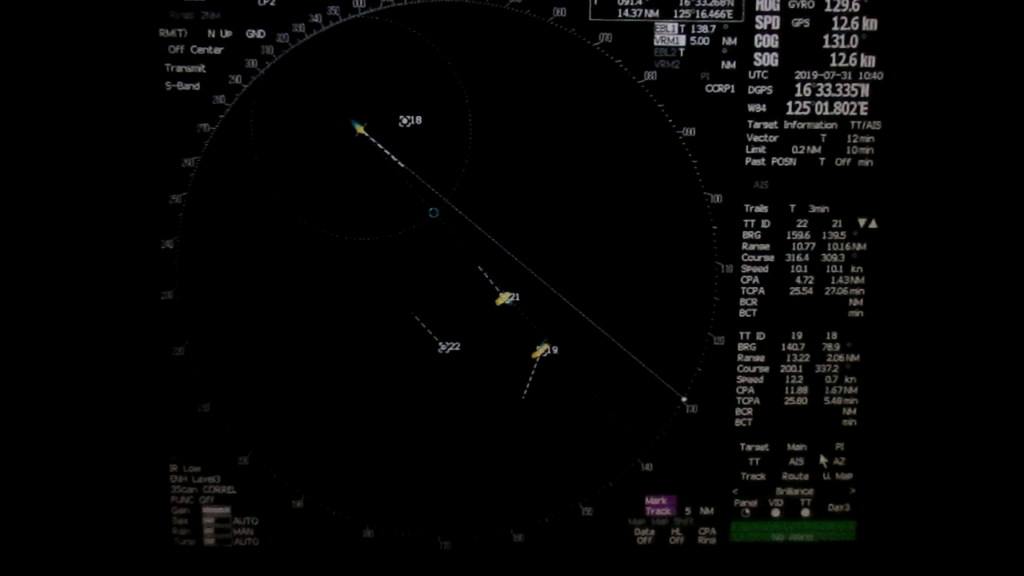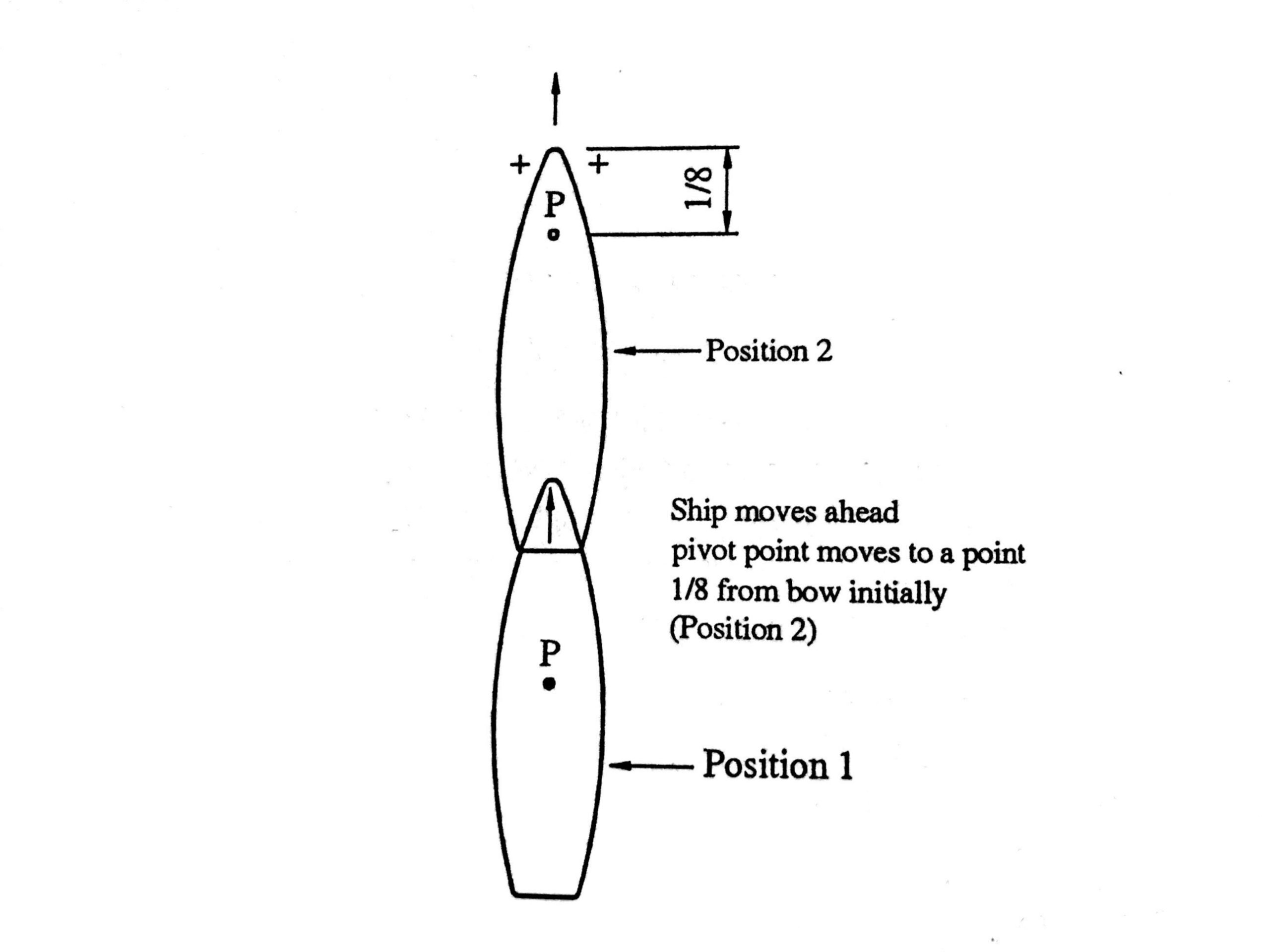What is Traffic Separation Scheme (TSS)

Traffic Separation Schemes are designed to ease congestion, assist traffic flow and prevent ships approaching head on to each other in the busier waterways of the world. Their use should make navigation simple, but a great number of close quarters and collision situations continue to arise within Traffic Separation Schemes and human error is the most common cause.
The psychological factor
Traffic Separation Schemes are likely to be congested, so entry into a scheme may trigger different reactions from individual officers. The inexperienced third officer may feel apprehensive; the experienced chief officer may consider it to be an interruption to the completion of his paperwork, whilst the regular users of the scheme, such as ferries and fishermen, may consider the whole experience “much a do about nothing”. Each of these groups brings a different aspect of uncertainty to the potential collision situation. The first brings apprehension; the second brings inconvenience and the third complacency. When mixed together they can provide a recipe for disaster.
Rule 10 (Traffic Separation Scheme)
The use of Traffic Separation Schemes is regulated by the International Regulations for Preventing Collisions at Sea 1972, (COLREGS). Although Rule 10 of the COLREGS defines the appropriate conduct to be followed by vessels navigating in or near a Traffic Separation Scheme, it is the interaction of Rule 10 with the other rules that often leads to uncertainty and the development of close quarter situations.
Adopted schemes
Rule 10) of COLREGS advises that a Traffic Separation Scheme may be adopted by the IMO for the purpose of the COLREGS. Rule 10(a) confirms that the rest of Rule 10 applies to an adopted Traffic Separation Scheme, but this does not relieve a vessel of her obligations under any other Rule. However, not all Traffic Separation Schemes are adopted. To confirm if a particular scheme is adopted, reference should be made to remarks on the appropriate chart, sailing directions and the United Kingdom’s Annual Summary of Notices to Mariners.
When navigating in un-adopted schemes, vessels should continue to observe Rule 10 but remember that some vessels may choose to ignore the presence of a Traffic Separation Scheme.
Through traffic
Although the limits of a particular Traffic Separation Scheme are clearly defined on the navigational charts, and vessels are recommended to navigate in the appropriate lane, vessels are permitted to navigate outside the limits of the scheme or within the separation zone when taking action to avoid a collision, or in times of emergency.
The presence of clearly defined limits on a chart may increase the pressure on inexperienced officers to follow the “line” at all costs. Although it is obviously best practice to follow a well prepared passage plan, a ship’s officer must have the confidence to take appropriate action to avoid a collision even if that takes the vessel outside the limits of the scheme, providing there is sufficient sea room and under keel clearance to allow such a manoeuvre.
Similarly, ships transiting a scheme are required to travel in the direction of the particular lane in which they are navigating. However, there may be vessels navigating within the lane that are not proceeding in the appropriate direction. For example, fishing . vessels fishing within the traffic lane may be doing so contrary to the traffic flow owing to the particular weather and tidal effects at the time.
Similarly, the wind direction may not permit sailing vessels to conform to the general direction of traffic flow. These types of vessels are both directed not to impede the passage of a vessel following a traffic lane, but they do not always comply with their obligations. The ship’s officer should approach such a situation with a high degree of caution. By standing on and assuming that the fishing or sailing vessel will take appropriate action may delay action to avoid a collision in direct contravention of Rule 8, Action to avoid a Collision. Late action may lead to further problems with overtaking traffic or traffic being overtaken, and the proximity of other vessels may prevent a lateaction to avoid a collision. The officer on watch must anticipate what collision avoidance measures’ be available should the vessel required not to impede hispassage fail to take the appropriate action. A high degree of situational awareness needs to be maintained at all times when navigating in Traffic Separation Schemes as the actions of any one vessel may have an effect on other vessels in close proximity.
The crossing situation

A crossing vessel, which has taken action to avoid a collision, may have made a substantial alteration to avoid a close quarter situation and be navigating in a direction against the general flow of traffic in a traffic lane.
A vessel proceeding along the traffic lane should comply with the requirements of Rule 14, Head on Situation, and should take the appropriate action. It must be remembered that a vessel does not enjoy any special rights just because she is navigating within a Traffic Separation Scheme.
Crossing vessels can cause problems if they choose to cross the Traffic Separation Schemes at an inappropriate time. Although the Rules do not place an obligation on when and where a vessel may cross a Traffic Separation Scheme, it is incumbent upon the crossing vessel, where possible and in the interests of good seamanship, to choose a crossing point which will cause the least inconvenience to through traffic (Rule 2, Responsibility).
The Overtaking Situation

Crossing situations will provide cause for concern, but they are likely to be less frequent than the number of overtaking incidents a vessel may experience whilst transiting a Traffic Separation Scheme. Overtaking incidents lead to extended periods of time when vessels are in close proximity to one another. When one of the two vessels is significantly larger than the other it can lead to the “big ship -little ship” scenario. The larger ship considers herself to be inconvenienced by the “obviously” more maneuverable smaller ship.
In all such situations the vessels involved are bound by Rule 13, Overtaking. Special attention should be paid to Rule 13(a), “Notwithstanding anything contained in the Rules of Part B, Sections I and II, any vessel overtaking any other shall keep out of the way of the vessel being overtaken”. From this it can be seen that Rule 13 takes precedence over Rule 18, Responsibilities between Vessels, and Rule 10. Therefore the type of vessel being overtaken or the place in which the overtaking manoeuvre occurs is largely irrelevant. It follows that in every overtaking situation appropriate steps should be taken by the overtaking vessel to allow the safe passing of the two vessels by providing as much sea room as possible.
Restricted visibility

Restricted visibility is another common factor causing collisions at sea. When encountered in a Traffic Separation Scheme it can lead to further confusion.
When vessels are navigating in or near an area of restricted visibility Rule 19, Restricted visibility, binds them. Rule 10 falls within Section I of the Steering and Sailing Rules and is therefore subject to Rule 4 Application, which states, “Rule this section apply in any condition of visibility”. There is an inter-relationship between the two Rules; Rule 10 continues to prevail over vessels using a particular Traffic Separation Scheme whilst Rule 19 dictates the correct collision avoidance action to be taken by all vessels when navigating in or near an area of restricted visibility, when not in sight of one another.
The reality is that vessels following a traffic lane are generally reluctant to acknowledge and assume the responsibility they have for collision avoidance under Rule 19. This has been a cause in a number of collisions in the past. The officer on watch should remember that the concept of the “stand on” “and “give way” vessel is replaced by the obligation to take avoiding action placed on all vessels by Rule 19 in restricted visibility, even when navigating within a Traffic Separation Scheme.
The use of ARPA

Rule 7, Risk of Collision, warns the navigator, under paragraph (c), that Assumptions shall not be made on the basis of scanty information, especially scanty radar information.
Developments in radar and ARPA technology over the past few years have been very significant. However they can provide the officer on watch with a false sense of security and over reliance on a digital display which gives the TCPA to the nearest second and the CPA to the nearest 1/100 of a mile.
The ARPA used for collision avoidance work will often be ground stabilised so that a well prepared ARPA map showing the limits of the Traffic Separation Schemes can be properly used for navigation. The information obtained from an ARPA in the ground-stabilised mode should not be used for collision avoidance and the vectors produced should be treated with a high degree of caution.
One radar or ARPA should be permanently sea stabilised for collision avoidance use. The officer on watch should also be aware that vessels crossing, joining or lea a Traffic Separation Scheme might vary their speed. This is not immediately observable by ARPA and may cause some strange vectors to be produced while the ARPA attempts to calculate what is happening. In clear visibility there is no substitute for the visual bearing to give early warning of risk of collision.
Conclusion
In summary, when navigating in or near a Traffic Separation Scheme, the officer on watch must be fully prepared and conversant with the passage plan. He should ensure that a high degree of situational awareness is maintained at all times. He should be fully conversant with the COLREGS and understand the inter-relationship of the Rules in the different sections of the Steering and Sailing Rules.
The Master should empower his officers to take early and effective action to avoid a collision, promote effective bridge team management and provide opportunities for his junior officers to engage in meaningful discussions on the merits of a particular navigational situation in order to improve upon their knowledge of the COLREGS.
Confidence to take appropriate action to avoid a collision, although greatly enhanced by simulator work, cannot be taught fully at a Marine College. It is a skill resulting from experience and the ship’s Master must not underestimate the role he plays in educating his junior officers.


